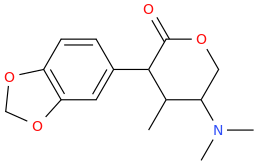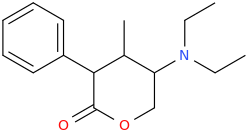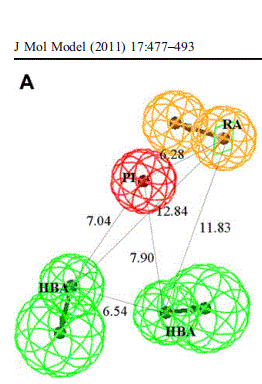paracelsius
Bluelighter
- Joined
- Mar 11, 2020
- Messages
- 197
The Chinese pursued that one from the Japanese work the N-phenethyl with a meta-hydroxyphenylLibrary Genesis
libgen.rocks
Library Genesis
libgen.rocks
Hotlink to papers.
I also note that the N-phenylethyl derivative is also known BUT I suspect that the LogP is too high. Now, IF that turned out to be the issue, then the 2-hydroxy-2-phenylethyl, 2-(2-thienyl)ethyl) or even the 2-hydroxy-2-(2-thienyl)ethyl MIGHT solve the problem. If so, I would fully expect them to have a potency in the range of x35000-x45000M (conformation permitting).
But is it a facile target? I suspect not. So fascinating and well worth knowing for when one is seeking to design a training set, but I know of much simpler compounds (1 step synthesis) that proved not to be practical because the precursors were too costly, even if their potency was some x500 M.
analgesia about 500M in rabbits, 1200x rats. binds so tightly to mu (~2000x guinea pig ileum and 6600M in mice vase deferens) the chinese thought it is "irreversible" as it can hardly get washed off by ohmefentanyl still 80% bound after 2 wash!!..ohmefentanyl FFS!!! now that is superpotent but I dont believe it is irreversible!, just picomolar potent!The logP is not really big issue (~ similar to fent). Onset of analgesia IV rats iirc is like 2-3min, duration 2x that of M so lipophilicity not affecting much else Tmax will be large (at least in the brain).. I found those quite interesting especially the one without the meta-hydroxy (reasonable 5xM). anyway am more into stim than opioids SAR. that one (parent anazocine) got my attention: It is BOTH stimulant and opioid. Come to think about it, no big surprise: they're basically like meperidine/ketobemidone with a propano bridge so behave similar (they NDRI+MOR).
No, synth is straightforward (grignard + ketoazabicyclane get the carbinol then boil HCL/MeOH) (cf the original JPN paper. Azabicyclanone is dirt cheap, else if one want play around with analogs, then can easily made via Robinson Actually
strange some fine chem companies are selling it COC1(C2CCCC1CN(C2)CCC3=CC=CC=C3)C4=CC(=CC=C4)O ! CAS 92836-37-8. Am not aware of any "research" use as MOR ligand . there are tons of them...
Jin et al. P-7521 - A New Irreversible Opioid Ligand. Acta Pharmacologica Sinica Vol 10, No 3 (May 1989) Free access
Abstract
In the receptor binding assay, P-7521 was a potent opioid ligand which acted mainly on mu receptor. The relative affinity ratio at mu, delta and kappa sites was 66:8:1. The inhibitory effects of P-7521 were 1868 and 6060 times more potent than morphine on the electrically evoked contractions in guinea pig ileum and mouse vas deferens, respectively and were readily antagonized by naloxone and Mr2266. These results indicate that P-7521 acted on mu receptor in guinea pig ileum and mouse vas deferens. In rabbit vas deferens, the compound had no agonist activity, but could antagonize the inhibitory effect of U-50488 H, a kappa agonist, showing the antagonistic characterization was on kappa receptor. The dissociation of P-7521 binding to opioid receptor were very difficult in mu binding assay and bioassays
Analgesic activity and respiratory inhibition of 3-(β-phenylethyl)- 9β-methoxy- 9α- (m-hydroxyphenyI)-3-azabicyclo)-3-3azabicyclo[3,3, 1]-nonane (P-7521 ) in rabbits - Zhou - Acta Pharmacologica Sinica Vol 8, No 1 (January 1987) ABSTRACT
7521 is an azabicycloalkane derivative. When P-7521 was given iv to rabbits, its analgesic ED50 was 0.37μg/kg, the analgesic activity was 427 times as potent as that of morphine, and the duration of analgesic action was double that of morphine. The analgesic dose depressed the respiration slightly. But when doses even as large as 1200×ED50 were given, the respiratory action was never completely depressed, asphyxia and death were not encountered
Free access First paper in Chinese w/english abstract table, data..etc... Good'day All BLIghters Stay Safe Out There








